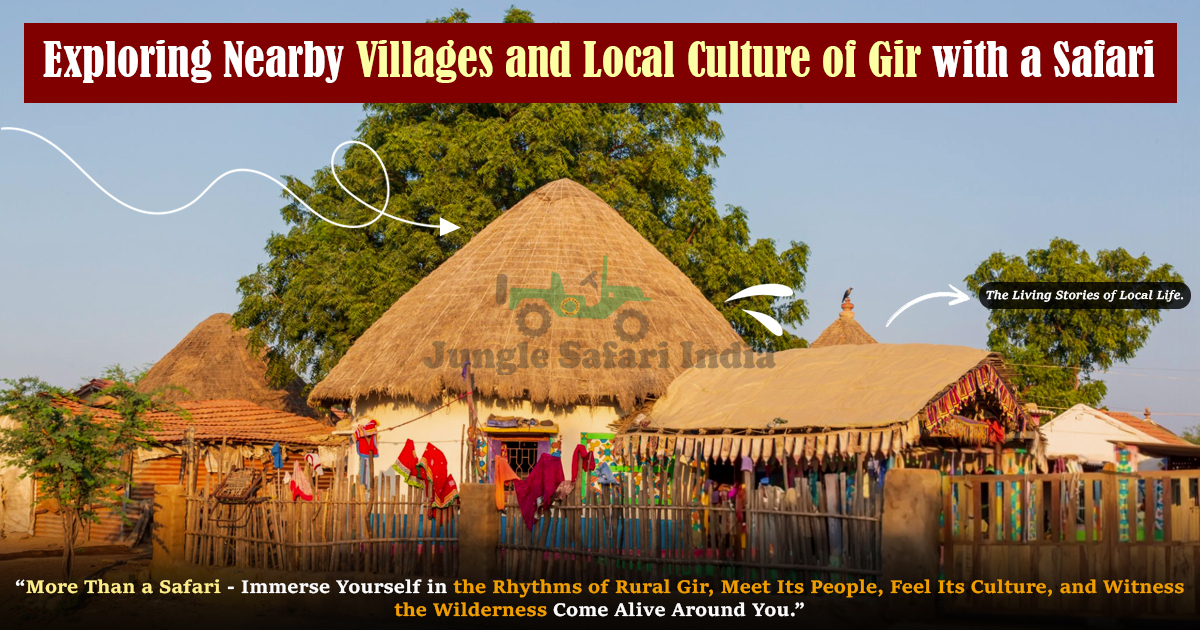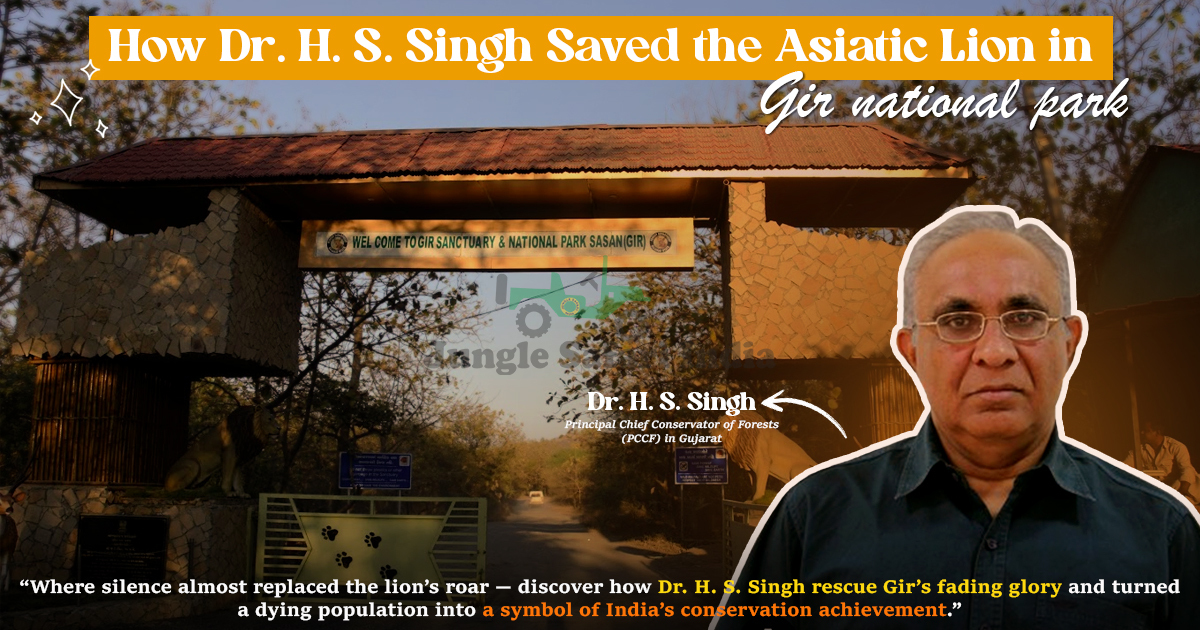Big Increase In Asiatic Lions In Just 5 Years
Gir National Park
Gir lion safari
- Author : Adeeb Sahil
- Date : June 26, 2025
Asiatic lions are rare and only found in the wild areas of India. Many years ago, these lions were in great danger. Humans hunted lions, and their forest habitat became smaller. There is only one place where the Asiatic lion is located. It is the Gir Park in the State of Gujarat. Now, things are improving. We have seen a dramatic increase in the past five years in the Asiatic lion population. There are more lions that live in the wild, and they are safer in this area.
This has occurred due to the commitment of many people, but especially the commitment of forest officials, workers, and the government. The lions now have a wider area of habitat, compared to being resident in a single habitat. In this blog, we will cover how the population has expanded, where adaptation has occurred, ways humans have helped them, and what can be done to ensure the survival and safety of these lions.
Number Of Lions In 2020 And In 2025
There were approximately 674 Asiatic lions present in Gujarat in the year 2020. In 2025, there are now 891 lions. This shows a total growth rate of 32% in the lion population in five years. That is a big change in a short time. This increase is not just about numbers. It also shows that the lions are doing better. It means that the forest and land are healthy, people are helping more, and government policies are working. For a long time, the Asiatic lion was in very big danger. Now the situation is better, but we still have to be careful.
Where The Lions Live Now
Before, Asiatic lions lived only in one area called Gir National Park. That was their only home. Now, things have changed. In 2025, only 384 lions live inside Gir National Park. Around 507 lions live in areas beyond Gir National Park. These lions are living in other forests and also in areas where people live and work.
Now, Asiatic lions are found in Girnar, Barda, and Pania, and many live near the Porbandar coastal areas. Some lions walk through farms, grasslands, and even near roads and towns. Now the lions live in a very big area — about 35,000 square kilometers. This area is in 11 districts and 58 smaller areas (called talukas) in Gujarat. In the 1990s, the area where lions lived was five times smaller. This indicates the lion's ability to adjust to new habitats.
Reasons Why The Lion Population Is Growing
There are many reasons why the number of Asiatic lions is growing. It did not happen by accident. Many people have worked very hard to help. One main reason is the help from local people. Farmers and villagers now accept that lions live nearby. In the past, they may have been scared or angry, but now they try to live peacefully with lions. For them, the lion population isn't a serious danger now.
Another reason is the effort of the Forest Department. If a lion is hurt or falls into a well, special teams are sent quickly to help. These teams are trained and ready to act fast. They save lions and return them safely to the forest. Technology is also helping. Tools like camera traps, GPS collars, and on-foot tracking help forest officials watch the lions. These tools make it easier to know where lions are and what they are doing. During the latest lion count, over 3,000 people worked together to count and check on the lions. This shows how serious the effort is.
Another helpful thing is the large number of wild animals that lions can eat. In Gir National Park and nearby areas, there are many deer, wild pigs, and nilgai (a large antelope). Lions can eat these animals, so they do not need to hunt farm animals. This limits human-lion conflicts.
Life In Gujarat Is Changing
Because lions are now living in new areas, life for people in Gujarat has changed. In many villages, seeing a lion near a field or road is normal now. People do not panic. They have learned how to live with the lions nearby. The lions also seem to understand how to live close to humans. They usually do not cause problems. People and lions coexist more peacefully these days than before.
Unlike before, lions no longer stay in large groups inside one forest. Now, they live in small groups across a big area. This helps in some ways. It may stop the lions from fighting with each other. It may also stop diseases from spreading quickly. But it also makes it harder for forest officials to keep track of all the lions. They now have to check many places, not just Gir National Park. Also, tourism has increased. Many people visit Gujarat to go on a Gir lion safari. These safaris help people learn about lions and also help local people earn money.
Why A Second Home For Lions Is Needed
Even though the number of lions is growing, all 891 Asiatic lions still live in only one state, Gujarat. This is risky. If a big fire, disease, or other disaster happens, all the lions could be harmed. One serious danger is a disease called canine distemper, which has killed lions in Africa. If it spreads in Gujarat, many lions could die.
Experts have said for over 20 years that lions need a second home in another state. Kuno in Madhya Pradesh is a wonderful wildlife sanctuary for this. It has enough space, food, and is ready for lions. But the move has not happened because of delays, state disagreements, and political issues. So right now, Gujarat is still the only home for Asiatic lions, and this could be dangerous for their future.
What Still Needs To Be Done
Even though the number of lions is going up, more work is needed.
- Open wells are still a danger because lions can fall in and die. These wells should be covered or fenced.
- Roads through lion areas can cause accidents, so signs, speed limits, and animal crossings are needed.
- New buildings and factories take away the lion's land. The government should protect lion areas.
- A second home for lions is also important, so they are safe if something bad happens. Some lions should move there.
- Gir lion safaris should be run in a way that keeps both lions and nature safe.






(0) Comments: